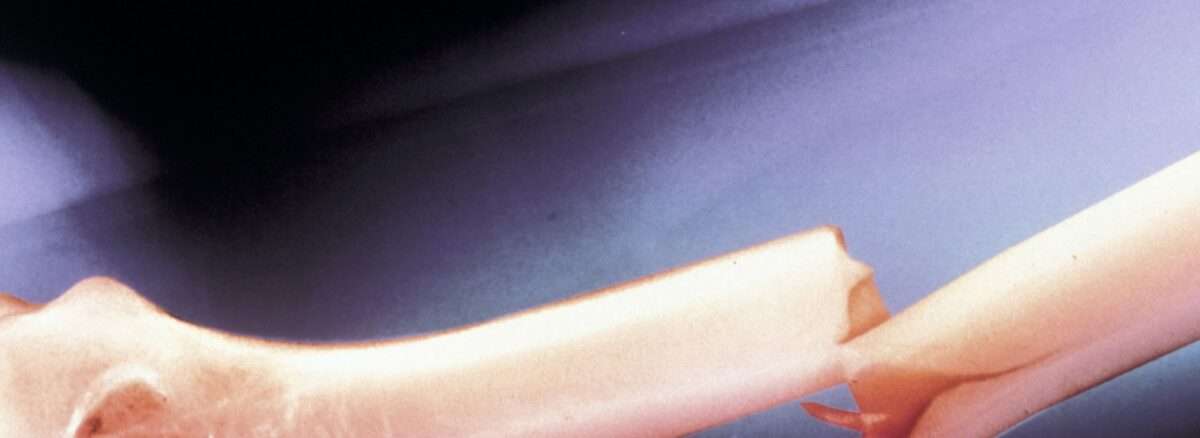Fractured Humerus
What is it?
The humerus is the longest bone in the arm. It is articulated with the scapula by the shoulder, ulna, and the radius in the elbow joint. The most common injury of this bone is a humerus fracture. This mainly affects the elderly and young people. Humerus fractures can be classified by the area affected: the upper, centre, or lower section.
Prognosis
Recovery will depend on the following criteria:
• Patient age: if over 45 years old, the risk of abduction limitation increases.
• Level of muscle contusion (bruising), especially the deltoid muscle.
• Shoulder muscle strength.
• Obesity
• Level of patient cooperation and understanding.
There are other factors that can slow down recovery:
• Inadequate rehabilitation.
• Being over 45 or 50 years old makes recovery more difficult.
• Insufficient muscle development
• Obesity
• Bone tearing with fragment displacement
• Taking too long to get the correct diagnosis.
What are the symptoms?
Humerus fracture symptoms tend to be immediately noticeable, as there is often a loud snap or crack which is often an indication that the arm is fractured. There are other symptoms, including:
• Severe pain that increases with arm movement.
• Swelling.
• Haematomas.
• Deformity of the arm or wrist.
• Inability to rotate the arm.
If the patient is in a lot of pain and cannot use their arm, medical help should be sought as soon as possible. Delaying diagnosis and treatment can lead to poor healing.
Medical tests
X-rays are used to diagnose humerus fractures. This can help determine the extent of the injury, locate the exact location of the fracture, and see if it has affected a nearby joint. The doctor may order a CT scan in order to get a more detailed image.
How can it be prevented?
There are certain sports and conditions that can increase the risk of fracturing the humerus. These include; basketball, rugby, wrestling, football, hockey, snowboarding, or skiing. Osteoporosis, a condition that weakens the bones, or a fall, even from a short distance, can also cause a humerus fracture.
What is the treatment?
There are different treatments for a humerus fracture, the one used will depend on the type of fracture. Treatments include:
• Bone adjustment: if the patient has a displaced fracture, the specialist will have to manipulate different parts of the humerus to ensure it is in the right place. The patient may need a muscle relaxant, a sedative, or even general anaesthetic if the pain and swelling become unbearable.
• Immobilisation: the patient may need to use a sling, splint, brace, or plaster cast to immobilise the broken bone and ensure it is healing. Immobilisation time may vary, but it tends to be between 3 to 20 weeks.
• Medications: Prof Imam or a team member may prescribe painkillers to help with the pain and swelling.
• Physiotherapy: it is important to start movement rehabilitation to minimise arm, hand, and shoulder stiffness while the arm is still in a cast or sling. Once these have been taken off, the specialist will recommend exercises to regain muscle strength, joint movement, and flexibility.
• Surgery: in some cases surgery is needed to stabilise fractures. Fixation devices such as; wires, plates, nails, or screws, may be needed to maintain proper bone position during healing. The risk for complications is low, but there could be an infection and lack of bone healing.


